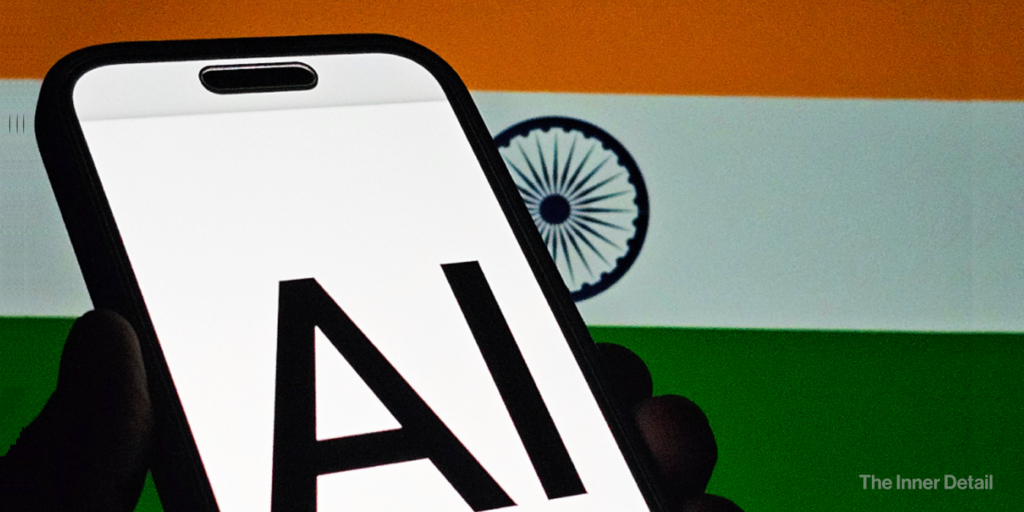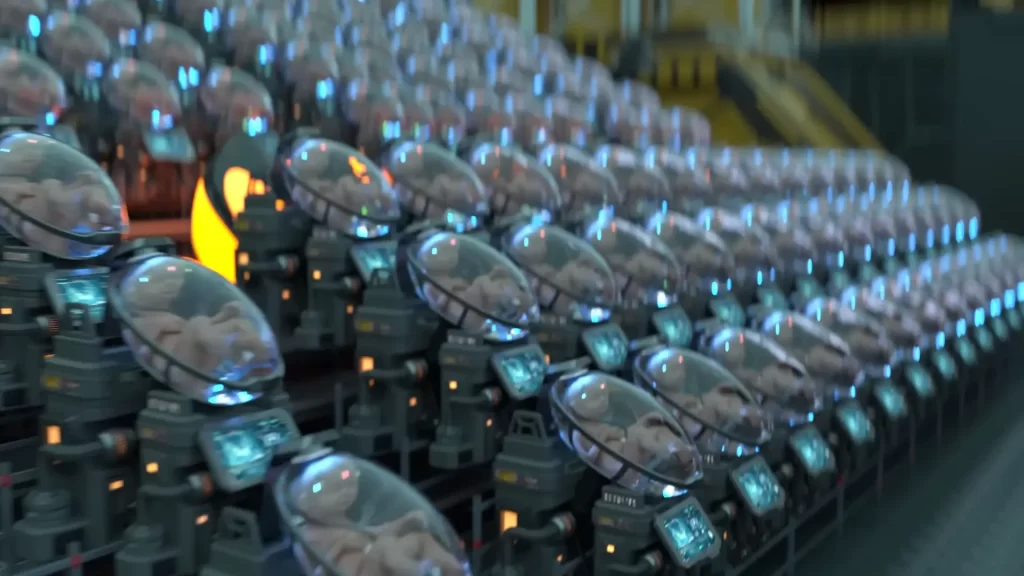Google on the back end, with its parent company ‘Alphabet’ incessantly researches on futuristic projects that could one day worth scalable and marketable under its ‘X Company’. X, founded in 2010 as ‘Google X’, was sanctioned as a sole firm after the birth of Alphabet, for developing tech implemented projects to be made accessible and beneficial to the people. X currently holds 15 initiatives, under which eight were successful, five under development and two dropped out. There’s a ‘Part-I’ half of Upcoming projects of Google, which you can view here!
Mineral – Agricultural Intelligence
To tamper the agricultural field, farmers and food-growing businesses, Google’s X has led the initiative ‘Mineral’. Mineral perceives the world’s growing demand of food and aims to get construed by developing new technologies to build a more sustainable, resilient and productive food system.

According to Mineral, out of 30,000 edible species available in this world, only 1% are being cultivated, which corresponds to the ignorance of healthy farming. Nourishing nature’s biodiversity, to cultivate different species based on quality of soil, not only is a way to unfold new crops but also prevents the nutrients in the soil that is being degraded as a result of harvesting the same crop for times.
The team of Mineral, after investigating with farmers and breeders, collected available information on crops, environment conditions (like soil, weather, history of the crop) and employed machine learning to optate the best suiting crop that can be grown healthily under a condition. While doing so, the team also noticed the behavior of plants, on how they react to the environment through its prototype plant ‘buggy’. Buggy roves the field to collect plant insights and is solar-powered and proves to be successful over the project.
Mineral is yet to get commercialized in Argentina, Canada, U.S. and South Africa.
Everyday Robots – Learning Robots
Robots have been a real buddy for humans, originated from its industrial use to being equipped in all fields of medical, education and now to homes. Robotics, so far are targeted only on a structured environment, wherein the bots are specific and painstakingly coded for fixed manipulations and acquittance based on the data fed, that too at the intent time and position.
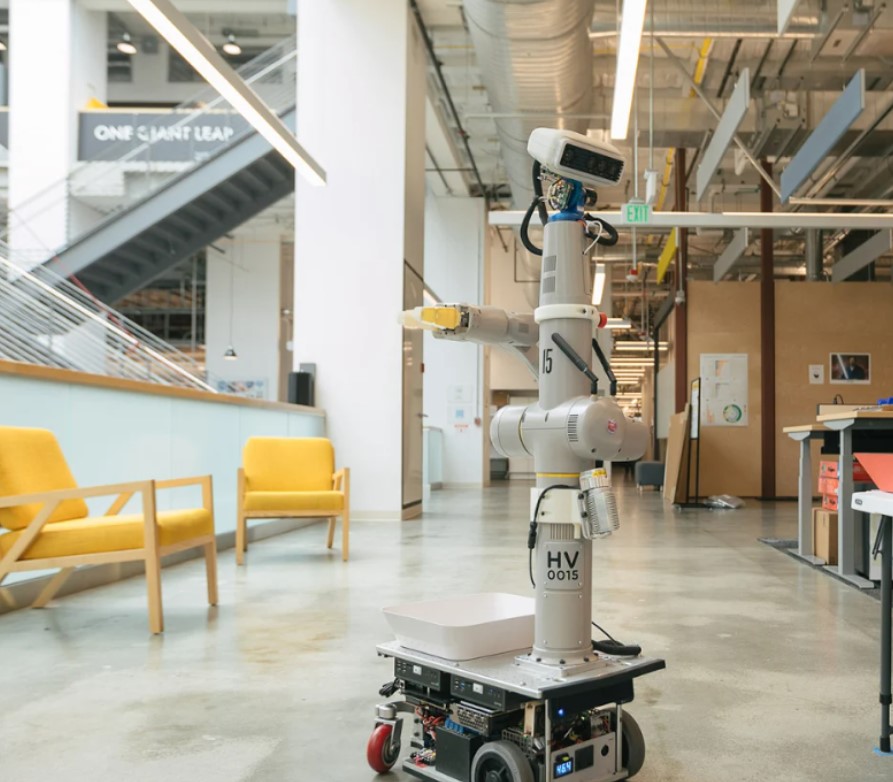
While Google takes in a different approach, where the users are capable of teaching robots, the skills required, in its ‘Everyday Robots’. Everyday Robots are just learning robots, designed to operate autonomously in unstructured environment.
The robots understand the world via cameras and machine learning tools (simulation), uses data from its sensors (sensing) to interpret what it is hearing, seeing and knowing its current position (perception), stretches its arms to grasp, move and interact with everyday objects (manipulation). It all happens handsfree, which indeed asks for a new form of machine intelligence, the team says.
The team is testing the learning companion in Alphabet’s locations of North California and is pointed on people’s workspaces at first.
Loon – Balloon Internet
On seeing millions being unavailable to the internet connectivity, Google finds an opportunity for rendering a high-speed internet through a network of air balloons, to all areas possible.

In its Loon project, Google commits to expand the internet connectivity via stratospheric balloons, that fly 20 km up in air, for 100+ days. Telecommunication towers providing a low range of coverage, also is a fortuity for initiating Loon.
The air balloons replace the functions of a cell tower by spanning a larger area for a high-speed network. They generally relay the signals in its network to the people on the ground. The Loon team deploys autolaunchers (specially built for this purpose) to launch balloons efficiently into the stratospheric sky. The tennis-court sized balloons are made of polyethylene and holds a good resistance to the weather conditions in the sky, withstanding to a range of 1500C to upto -900C, to stay back for 100+ days. It also equips solar panels and a storage system, storing the excess solar for recurrent night time uses.
Related Posts
Graduated from X, Loon in 2020 is a commercial internet provider in Africa. Unfortunately, Alphabet just shut down Google X spinout Loon on Jan 2021.
Smart Glass Enterprise Edition
Employees, students and whoever working, often prone to glance the manual or piece of info at times. May it be doctors viewing patient’s report while testing them or a teacher recalling the book-page at explaining it to students or in fact students, having a piece of note while project-workings. There’s nothing wrong in glancing once the information, but is often inconvenient or embarrassing. But it’s really ok!

Google’s Smart Glass settles off the embarrassment by allowing workers to access info simultaneously via a handsfree wearable computing glass, that showcases the note. Tested in 2012 and made public as Glass Explorer in April 2013, presently Glass helps lots of workers; Concert Pianists, hairstylists, doctors and pilots, to name a few.
On a survey with Google Glass wearers at General Electric, results showed up that tasks are completed 34% faster than prior. Google extends the usage of the specs by syncing with devices, barcode-scanning and incorporating keyboards into it.
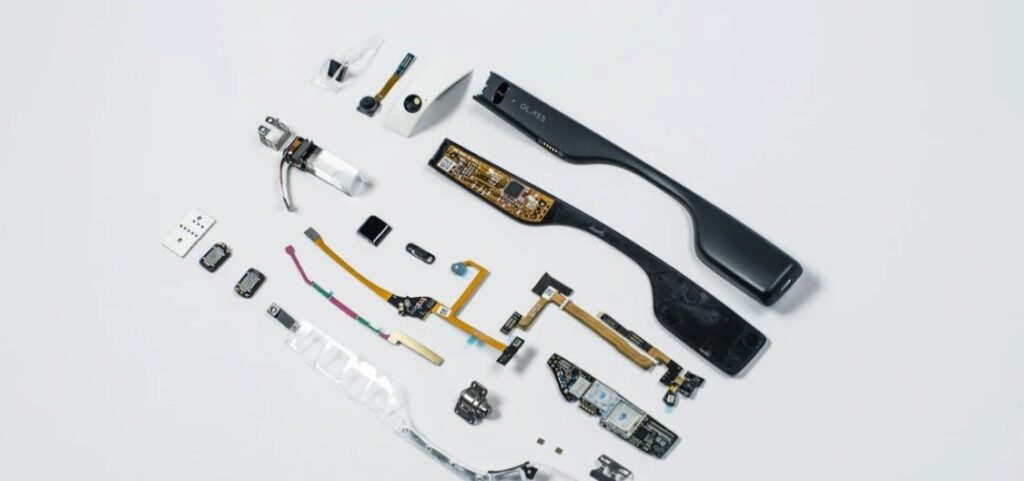

Malta – Salty Storage of Renewables
Let’s have a different approach of ‘How Google would have originated the project?’
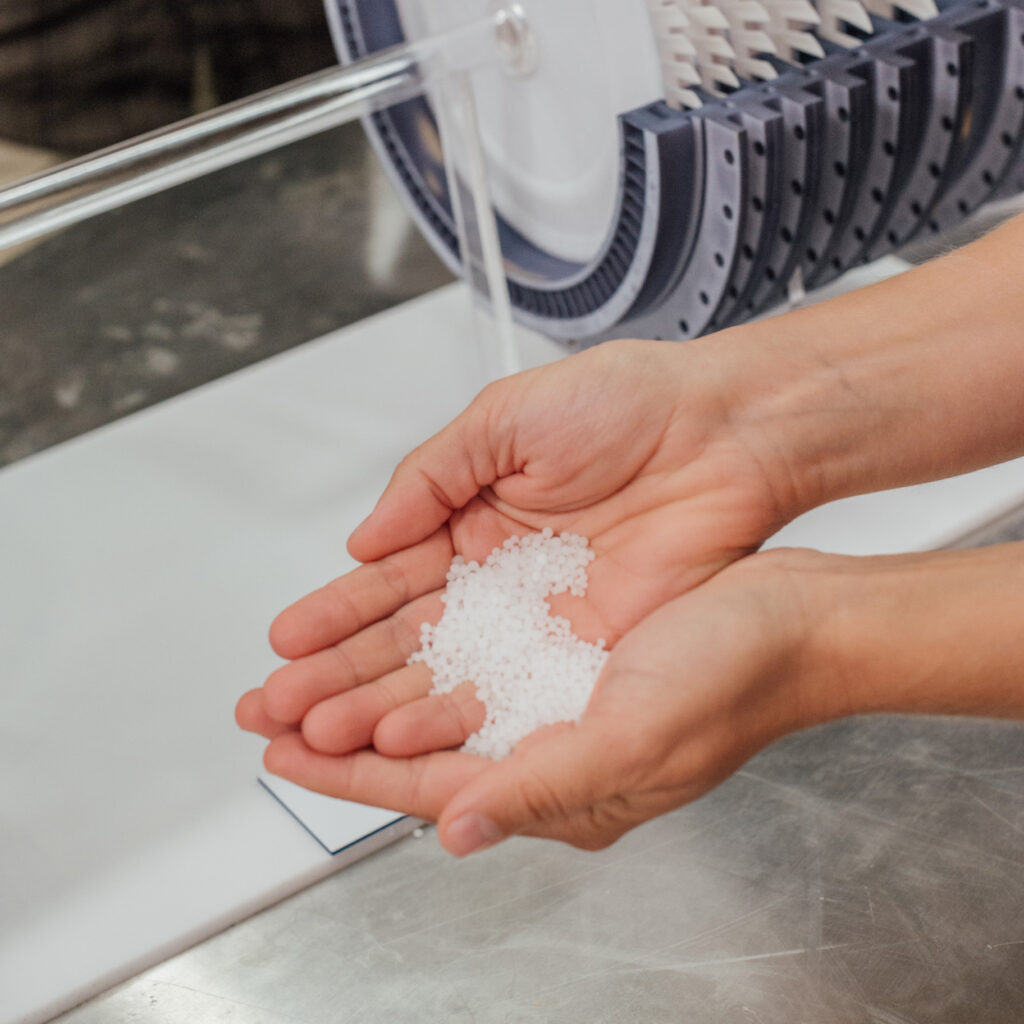
Concept/Theme: To store renewables efficiently and drive in the energy at its need.
Problem Statement: Storing excess renewable energy is such a hardship and precisely, none of the firms had done it in a large scale (though, Tesla sells PowerWall for storing solar, it’s just a battery-storage, not a grid-storage).California reports 30% of solar production being wasted per year, due to lack of storage.
Solution: Building a system on bias of ‘Electro-Thermal Storage Technology’, a noble-prize winning physics theorist idea.
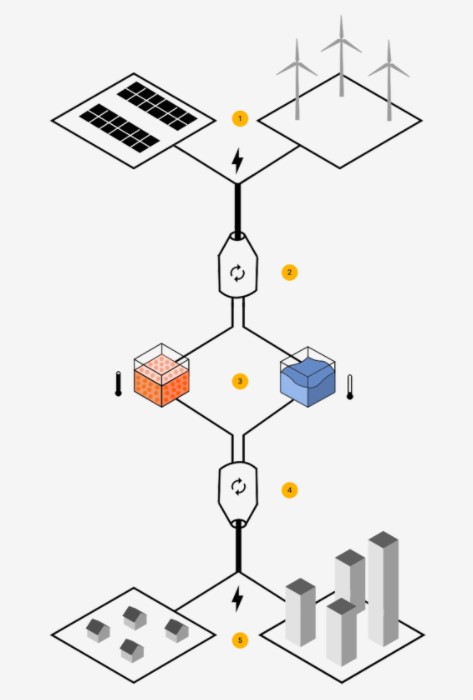
The system consists of a heat pump, wherein electrical energy is getting converted to heat by creating a temperature difference and heat being sent off to large tanks of molten salt, while cold is settled down in tanks of chilled liquid. The energy when needed, calls in the temperature difference to be reconverted to electrical energy by a heat engine. Electricity is then sent back to the grid of demand. Simple, but Great! 🙂
Dandelion – Renewable AC
(Appreciate your patience to read it fully.)
U.S. stunned its people from the reports stating that 39% of Carbon emissions, (the same carbon responsible for Global warming) comes from air-conditioners and heating devices, using fossil fuels (fuel-oil and propane gas).
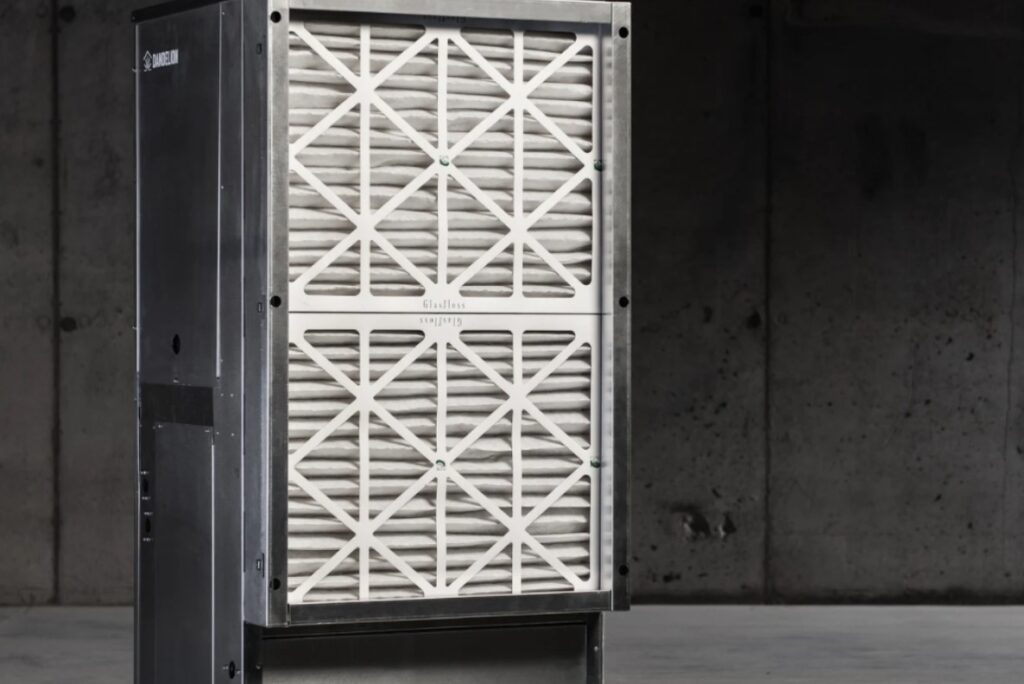
Dandelion is a noticeable air-conditioning or heating-up project that cools your living room or workspace renewably by geothermal energy.
Geothermal energy often faces obstacles on its installation, owing to its messy and expensive nature. The team tested all sorts of ideas, from modified jackhammers to freezing the ground with liquid nitrogen, to even using a high-pressure water jet to obliterate the ground. After many months, the team devised a fast, slender drill that took up less space and could dig a hole a few inches wide, producing less waste. It left a typical backyard relatively undisturbed and importantly, it could install the ground loops in hours instead of the customary three or four days.
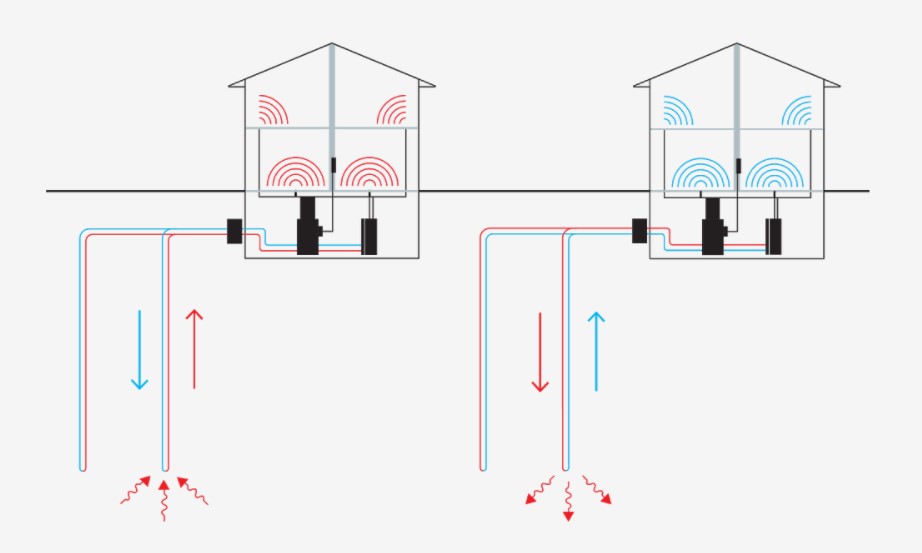
Processes involved here is simple: Equipping a heat pump for removing heat from the home and directing it into the ground, makes the home cool at summer times. And absorbing heat from the ground and circulating warm air through the room, warms the wintering homes.
Read Google’s Upcoming Projects Part-I too!
Dandelion is just a newbie, seeing a good future and is working on to attract clients at New York, United States.
References & Sources:
- https://x.company/projects/dandelion/
- https://x.company/projects/malta/
- https://x.company/projects/loon/
- https://x.company/projects/everyday-robots/
- https://x.company/projects/mineral/
- https://x.company/projects/glass/
- The credits for all the pictures displayed in this page goes to ‘x.company’.

